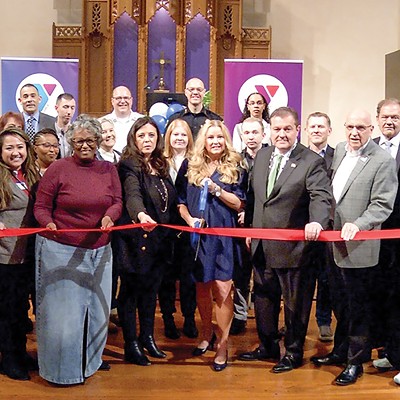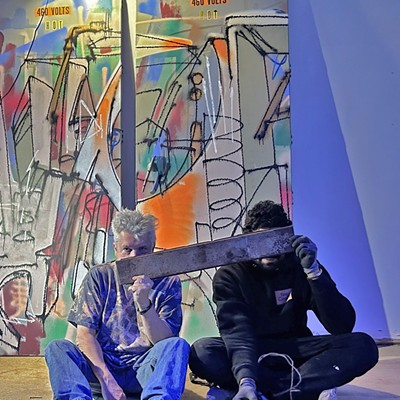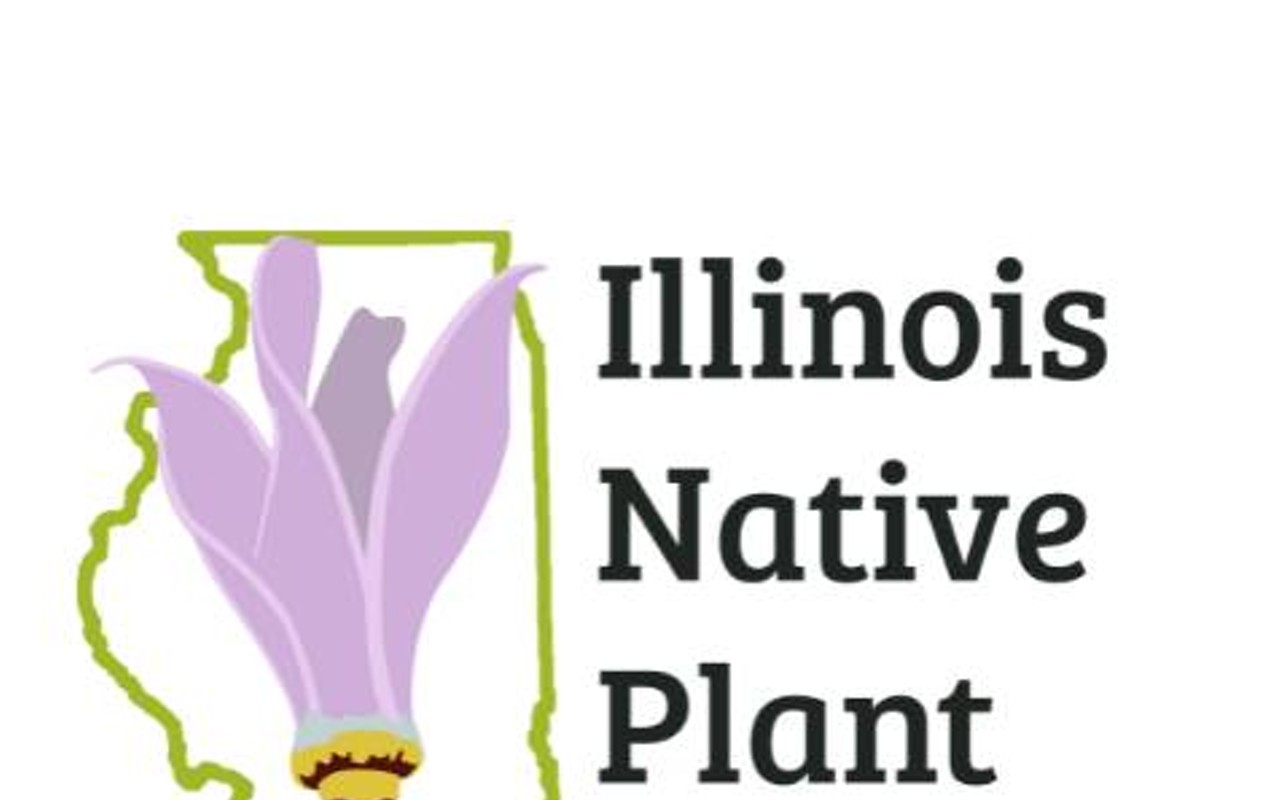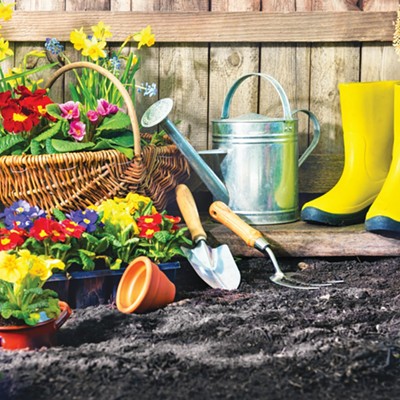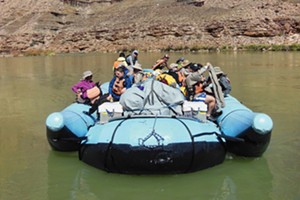
I experienced awe on a rafting trip through the Grand Canyon. Hiking through a side canyon with towering ancient rock formations on either side of me, I heard someone strumming a familiar tune on a guitar. “Slow down, you move too fast, you got to make the morning last…”. For reasons I couldn’t understand at the time, tears streamed down my cheeks. I was overwhelmed and inspired by the remoteness and vastness of the Grand Canyon, the stunning scenery in which I was immersed, and the gentle sounds of a string guitar echoing around me. I was also in awe seeing California condors in the wild, staring up at the Milky Way from my cot at night, cooling off under a powerful waterfall and standing in the same cavern where John Wesley Powell stood on the first exploration of the Grand Canyon.
I did not fully understand the emotions I sensed until returning home and reading an article, “The Science of Awe,” in Sierra magazine, which piqued my interest. In this article, Jake Abrahamson wrote,
“…a state of awe, an emotion that, psychologists are coming to understand, can have profoundly positive effects on people. It happens when people encounter a vast and unexpected stimulus, something that makes them feel small and forces them to revise their mental models of what’s possible in the world. In its wake, people act more generously and ethically, think more critically when encountering persuasive stimuli, like arguments or advertisements, and often feel a deeper connection to others and the world in general. Awe prompts people to redirect concern away from the self and toward everything else. And about three-quarters of the time, it’s elicited by nature.”
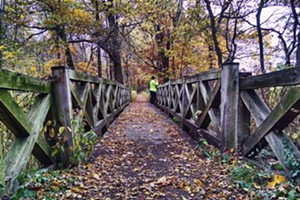
In 2014 the Huffington Post published an article by Carolyn Gregoire, “How Awe-Inspiring Experiences Can Make You Happier, Less Stressed and More Creative.” She wrote that awe can boost well-being and quality of life by improving one’s relationship with time, inspiring creativity, giving hope and appreciation of life, providing a connection to nature and being transformative.
The University of California at Berkeley held a conference in June 2016 on the Art and Science of Awe, which focused on the features of awe-inspiring experiences; the psychological, social and physical health benefits of feeling awe; and scientific theories of why we feel awe.

Nature is most commonly associated with awe-inspiring experiences, and the Grand Canyon and Niagara Falls are examples cited frequently. But awe is not limited to nature. Music, art, architecture, babies and inspirational people can also elicit awe. Upon reflection, I realize I have perceived awe in art museums in big cities, prairies in Illinois, castles in Wales, the opera house in Vienna, remote beaches in Costa Rica, the Red Square in Moscow and Tiananmen Square in Beijing, wilderness in Alaska, the Great Wall in China, cathedrals in Europe, the Coliseum in Rome, volcanoes and underwater reefs in Hawaii and other inspiring places.
Although national parks and traveling the world are great ways to witness awe, you don’t have to be a globetrotter to do so. It’s unlikely you will perceive awe, however, by going about your same daily routine. There are numerous opportunities to sense awe in one’s own community if you take time to explore, slow down, observe the world around you, do something new that you’ve never done before and go a bit outside your comfort zone.
In Springfield there are plenty of ways to put more awe in your day. Go for a hike among the old-growth trees in Carpenter Park Nature Preserve. Sit on one of the many memorial benches at Lincoln Memorial Garden and enjoy the surroundings. Take a walk or a drive and admire the fall colors in our local parks. Go hear the Illinois Symphony Orchestra. Listen to a carillon concert at Washington Park. Try out Canvas and Cocktails at the Springfield Art Association, and create your own art. Explore museums – big and small, nearby and within a day’s drive. Engage all of your senses. Perhaps, decide to finally take that once-in-a-lifetime trip that’s on your bucket list. Experience the true meaning of awesome and enjoy all the benefits that entails.
Karen A. Witter of Springfield retired from the state of Illinois after 35 years of experience in natural resources, environmental policy and museums. She has a master’s degree in ecology from the University of Wales.








